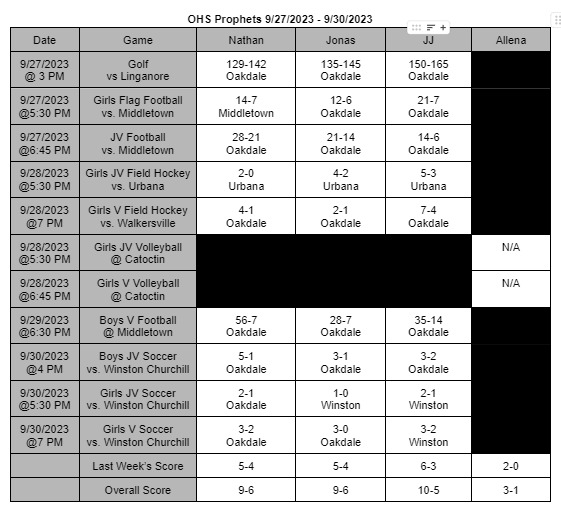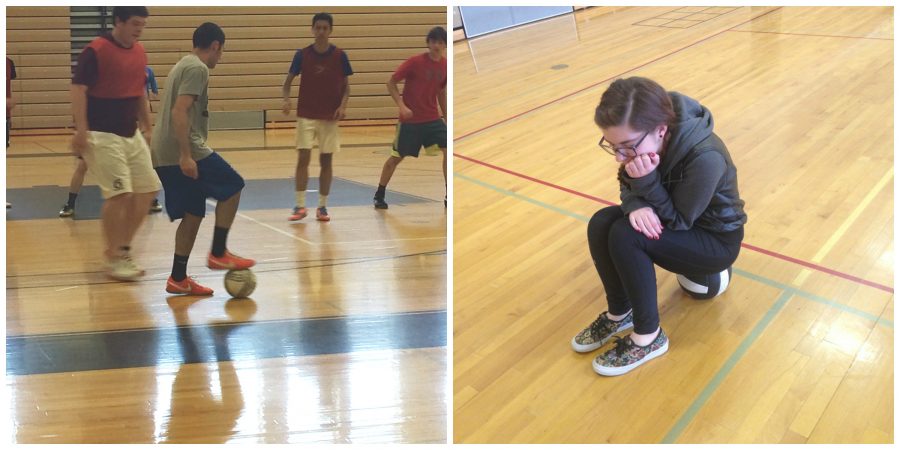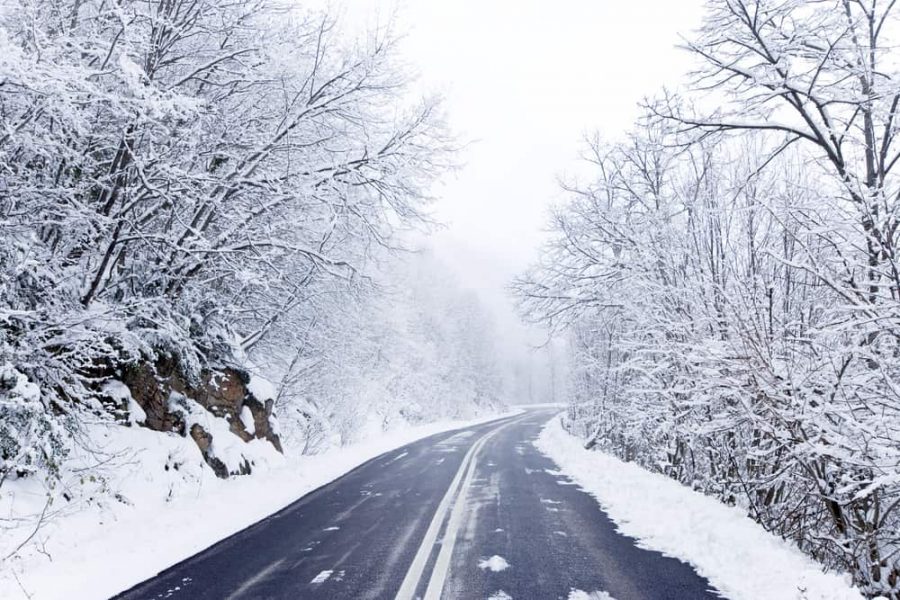5 Safe Winter Driving Tips
December 23, 2020
Driving itself can be dangerous, but the challenges and dangers only increase during winter driving. There are over 150,000 accidents yearly that are caused by ice and poor winter road conditions. You may also find snow driving difficult if you do not have a capable vehicle.
All this means you have to be extra careful and prepared to face the difficulties of winter driving. Here are 5 tips to help with driving through a winter wonderland.
Know your vehicle:
Each car has its own individual capabilities and limits and it’s extremely important to know them. Depending on your vehicle’s drivetrain you may or may not be well suited for the snow. Drivetrains such as AWD, 4WD, and 4×4’s are often more capable of gaining traction through all 4 wheels.
Meanwhile RWD and FWD cars are less practical and tend in unideal conditions, because they gather traction through only two wheels. If you know your vehicle, you should be able to adjust your driving style appropriate to the car and the situation.
For example, a Subaru driver should still be cautious, but still confident in poor conditions due to their AWD. A Ford Mustang driver would likely be less confident due to having RWD. Your vehicle’s tire compound and tire wear may affect your ability to drive safely as well.
Black Ice:
Due to the amount of loose traction black ice is probably the most terrifying thing a driver can experience . The most terrifying part of black ice is the way it camouflages into the road, which stops the driver from anticipating the loss of traction. Regardless of your vehicle, driving on ice makes it extremely difficult to stop and steer as well.
To make things easier, do not focus on driving the speed limit during snow and ice conditions, but instead focus on how much traction your vehicle has by listening closely to the tires and road noise.
Know your routes:
If you know your route, you will make winter driving experience 5 times easier. Having an emergency route, or knowing which roads are often plowed can equate to you arriving at your destination, or you are being stuck on a snowy hill.
It’s basically working smarter and not harder. City and County snow routes should always be your first choice, as they are the most cared for roads, while other roads may take time to be plowed and allow you to get stuck easier.
Give yourself a bigger space cushion between other cars
Just because your vehicle is able to find traction does not mean other vehicles can as well. Snow and Ice will always cause increased stop distance and not giving enough time and space for other drivers to slide while they find control can cause a massive dangerous pileup.
It is wise to always make sure you give fellow drivers enough space when you can to reduce the likelihood of an accident.
Be prepared!!!
Being prepared is the best thing you can possibly do in these conditions. Making sure you have enough fuel before a snowstorm or packing salt and a shovel in your car ensures you that if you DO get stuck, worst case scenario, you can get yourself back out and continue moving. If you are forced to go on longer drives in the snow and ice, it is wise to carry a extra change of clothes and water just in case you become stranded.
Another thing that some drivers do is carry “snow chains” in their trunks, so when things become very difficult, they can slip them on their tires and continue driving safely.
While snow and ice winter driving has its own struggles, it is much easier to face these challenges with these tips in mind. Remember to drive safe and have a great winter!





























